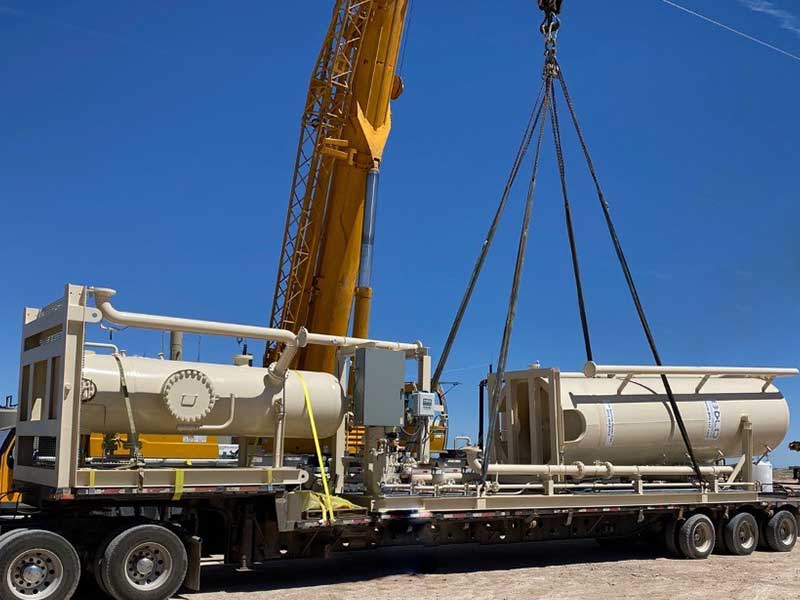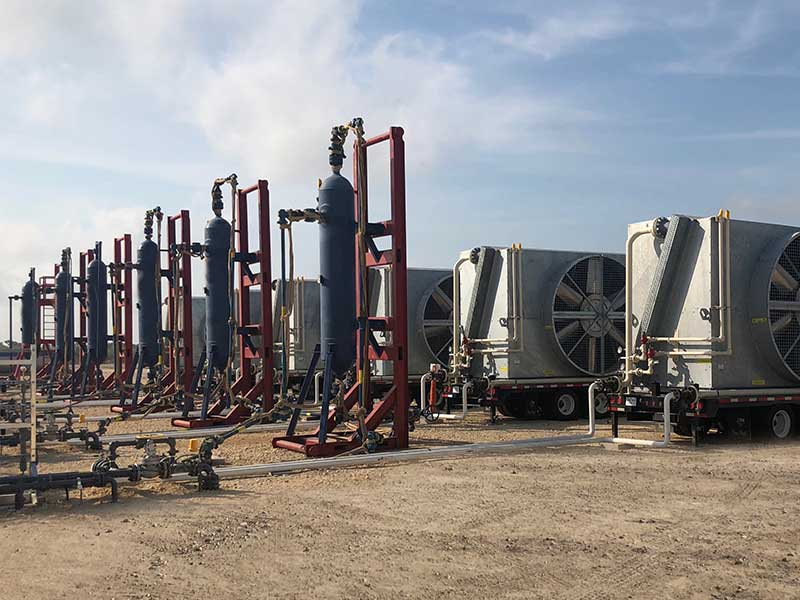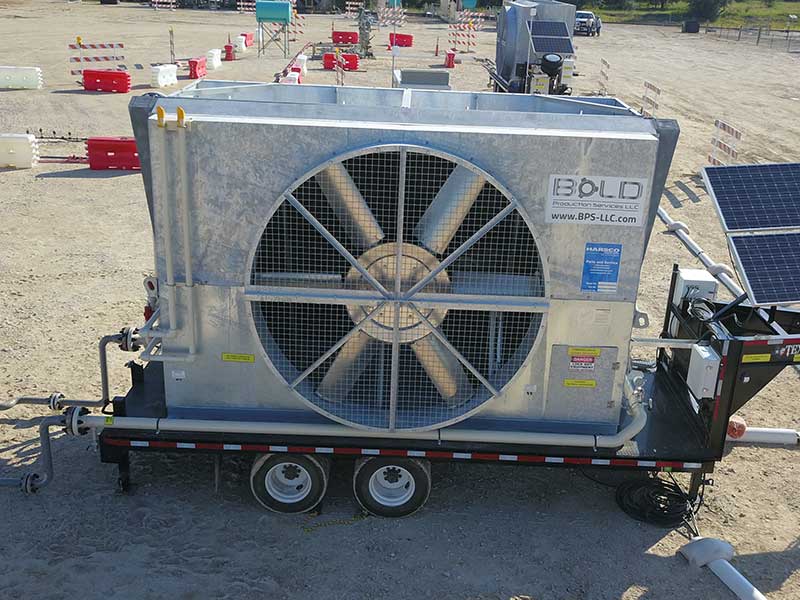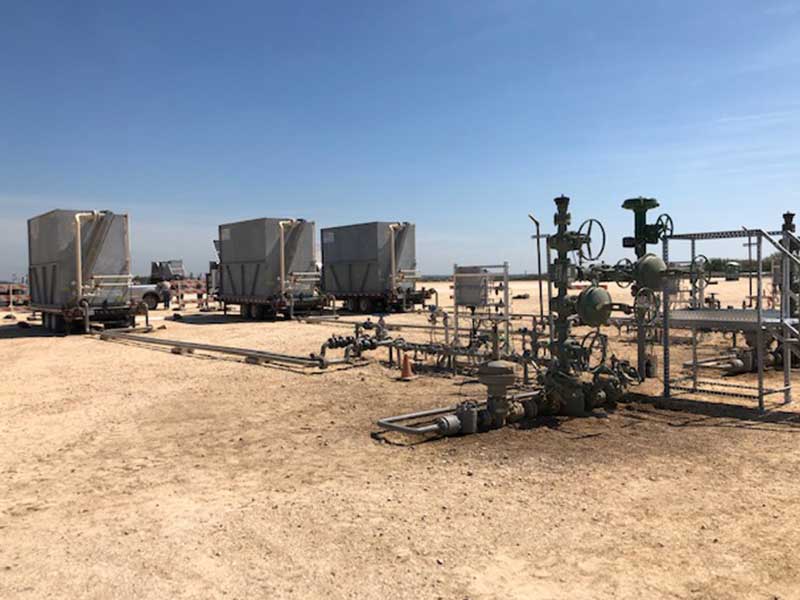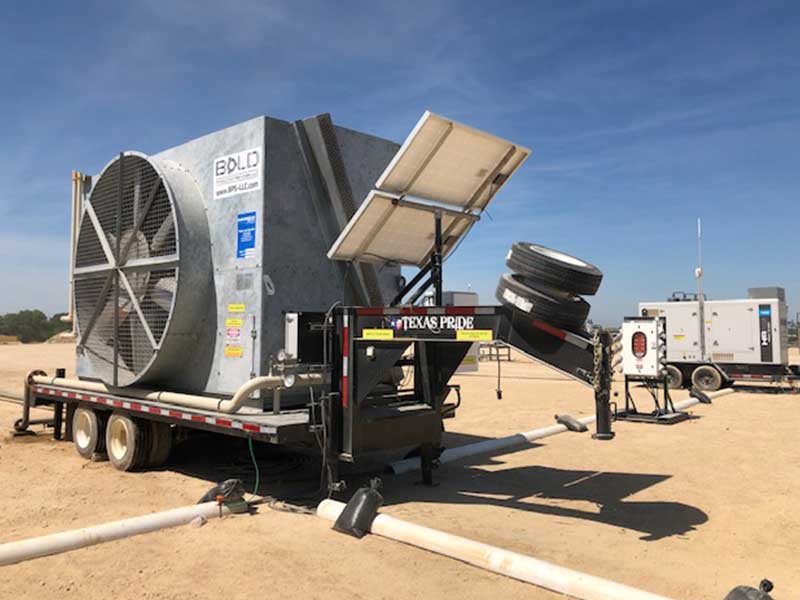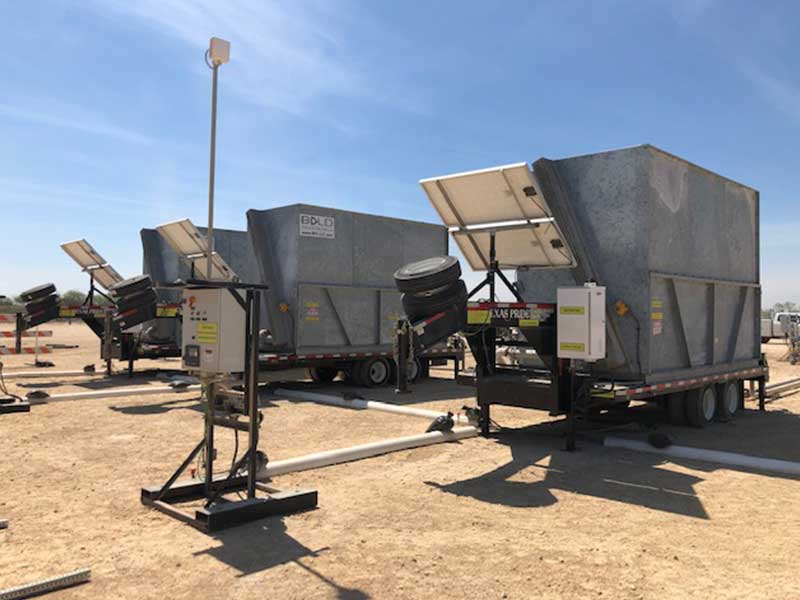New projects always bring a sense of urgency and excitement. When the project is with a new customer that feeling is amplified. After pursuing a customer for we were finally awarded an opportunity with them in the Permian Basin. Being a new customer we had a significant Bold presence on location: HSE, Sales, Engineering, Operations, and upper management including CEO all showed up to assist and execute the project.
Our objective with this project was to reduce the total treating cost for the location. The H2S concentration and total gas flow were both higher than anticipated, which made the existing treating provider uneconomical. One challenge that made our solution attractive was difficulty disposing the existing hazardous chemical after it was spent. With SGT-281 they spent chemical byproducts are non-hazardous and can be disposed of easily at a salt water disposal or via other methods. Bold’s turnkey model was also another major driver. The customer had grown quickly and was having the same difficulty as everyone else at the time – finding quality people. Bold providing full operations and service allowed them to lean on a third party and not add any additional stress to their existing resources.
With all hands on deck the project was executed safely and efficiently. As you will see in the timeline the unit was set and ready to be commissioned within 6 hours from first stepping on location.
The customer was impressed with the modular equipment and ease of installation. Once the unit was brought online the operations were seamless and the unit consistently stayed within the outlet H2S specification. After a month of run time the numbers were accumulated and presented to the customer showing a significant cost savings in total spend as well as the key metric of dollars spent per pound of sulfur removed.
Go to the B-Chem Product Page »
TECHNOLOGY DRIVEN * CUSTOMER FOCUSED
The Timeline
8:00 AM – BOLD arrived on location
8:15 AM – JSA complete
8:20 AM – Crane mobilize
8:30 AM – Truck on location
9:15 AM – Main skid set
9:30 AM – Spent solution scrubber offloaded
9:40 AM – Inlet/outlet flanges bolted up
9:50 AM – Spent solution scrubber set in place
9:50 AM – PSVs bolted up
10:00 AM – Skids bolted together
10:00 AM – Inlet/outlet piping complete
10:20 AM – Tower stood
10:45 AM – Chemical make-up tank and stand set
11:10 AM – Tubing complete
11:30 AM – CTS mechanically complete
12:15 PM – Chemical make-up tank filled with 800 gallons
1:45 PM – I&E complete
2:00 PM – Contactor filled with 4200 gallons and BOLD off location
Customer is ready to open up and start treating!!
This is the first of many installs/projects we’ll be blogging about! Each will present a new challenge and we welcome it.
Project Photos
